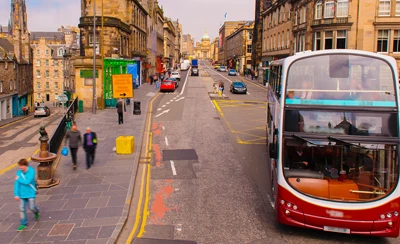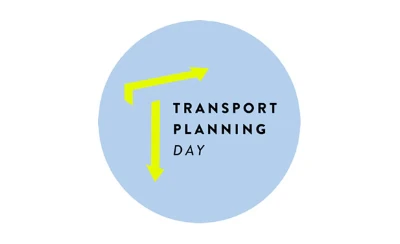-
Events
See all events here
-
TP Day
TPS is pleased to announce the launch Transport Planning Day 2024.
-
Jobs
See all the current vacancies.
-
Membership
Open to all those studying or working in transport planning, or related fields, on a professional basis.

27 Feb 2014
This book was published in January 2014 and tells the fascinating story of urban highway planning in Belfast from the 1930’s to the present day. It focuses in particular on the fluctuating fortunes of the Belfast Urban Motorway which was first proposed in the 1960’s. The story will resonate with all who were involved in urban highway planning elsewhere in the UK during the second half of the 20th century, as it clearly explains how the motorway proposals became interwoven with changing social, economic, environmental and political thinking, and evolved accordingly over subsequent decades.
It explains the various transport plans of the era (and former Travers Morgan employees will be interested to recall the role of that company), how and why they were formulated and what then happened as a result. It demonstrates how successive plans reflected the thinking of the day and how and why the transport agenda moved forward. The initial urban motorway plans were eventually scaled down and the role of public transport enhanced but the new roads nevertheless sought to achieve initial transport objectives which had stood the test of time, such as removing traffic from the city centre.
The book forms a well documented study of the relationship between transport planning and the rest of society, with due credit being given to the transport planner’s skill. One complimentary phrase caught my eye : “…. the mixed Westlink strategy immediately suffered from all the problems the transport planners had predicted at the Inquiry …..”.
I commend this book to anyone interested in the outcomes of transport planning in a continually changing society and the ways in which plans get moulded and adapted to changing circumstances – sometimes resulting in planned scheme delivery, sometimes resulting in different scheme delivery, and sometimes in no delivery at all.
Tim Morton
(TPS Board member)
Membership
Why join?
Find out about TPS membership
Web design by Tribal Systems












